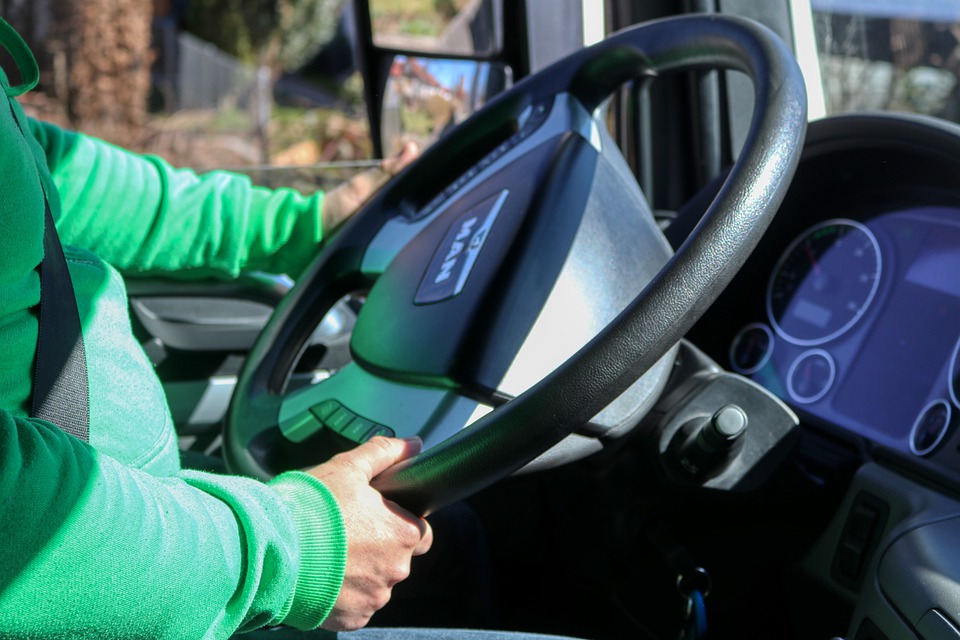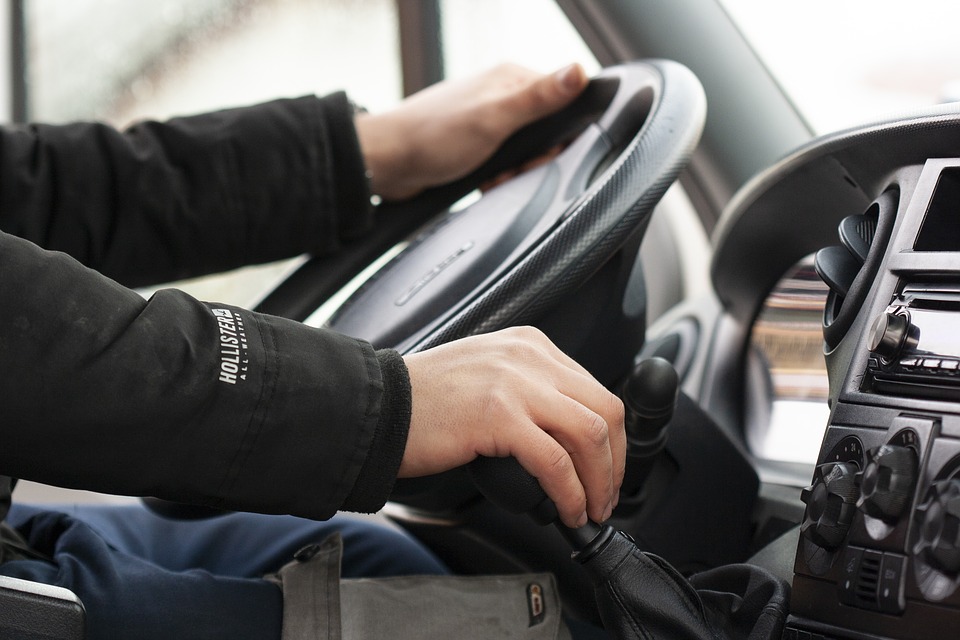A Guide to Becoming a Test Driver
A Test Driver is an international professional driver who is usually employed by a Formula One Team to either be involved largely in the ongoing development and testing of an individual F1 car or simply to be a back up for the primary driver. Test drivers are frequently placed as standby drivers in case of an injury or inability to continue participating in the main race allowing the test driver a chance to learn and become accustomed to driving in F1. A Test Driver is an important member of any Formula One Team as they act as the vehicle’s shadow and allow the experienced driver to become familiar with the car and all of its different systems and features, whilst allowing a young driver fresh to the world of motor racing to gain valuable experience and build up a track record before becoming a full time driver. Many teams will employ more than one Test Driver during a season, sometimes two or even three! Each team has their own ‘ray’ of drivers, often called the Test Club, and these are the best of the best.
There are a number of criteria, a test driver requires to join. These are as follows: Test Experience – must have vast experience from driving professionally but must start out behind the wheel of a Formula One car. Qualification Rating – a minimum score must be achieved by all drivers applying for consideration and can be achieved by passing certain sections of written tests and examinations. Licence Type – a minimum number of years must have passed in order to apply for a driver licence.
When applying to become a Formula One driver, you must make sure that all of these criteria have been met. The most effective way to achieve this is by signing up with a professional car test driving school. These schools are run by professional race car drivers with years of experience of driving modern Formula One cars and are also well versed in preparing students for competitive driving examinations, which will see you pass your driving test with flying colours.
Schooling in Formula One should not be undertaken lightly. It is incredibly important that all students meet the exacting criteria set by the sport’s governing body, the International Formula Drivers Association (FIA). Failure to do so can lead to disqualification from both the amateur and professional ranks. Students can be chosen from a pool of drivers who have passed the test driver examination and are then put through a rigorous two-day practice session in a fully functional car before being given their driving test. After the practical session is completed students will be presented with an examination paper and will need to produce a full lap time to confirm they have driven the vehicle they were given, and in an appropriate fashion. Only after the examination paper has been passed can the student officially begin to take part in Formula One automobile racing.
Formal training in Formula One begins at a small motorsport club called the Walkley’s Club, near their headquarters in Chester, England. There, test drivers will learn to use all the essential parts of a Formula One car including the dashboard, wheel, brakes, clutch, steering and accelerator. It is important to note that this is a one-day event and not an extended holiday. Students should arrive early to make sure they have not missed out on any earlier sessions.
Once a student has become a test driver, they can apply for a provisional license by attending a licensed test centre, where they will be handed a form of vehicle registration and temporary insurance. To become a reserve driver, a further formal training course must be undertaken. The rules of this course are very strict and cover everything from vehicle maintenance to pit stops. Once a driver passes their final test, they will be named a reserve driver and will be able to apply for a full Formula One seat with the team at a later date. Becoming a reserve driver is extremely lucrative in Formula One, and there are a huge number of opportunities available to aspiring drivers.



